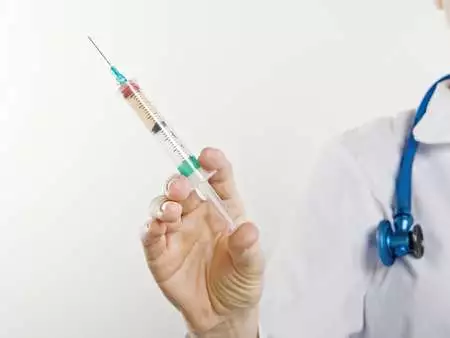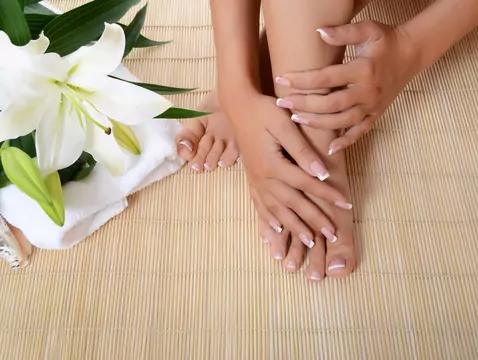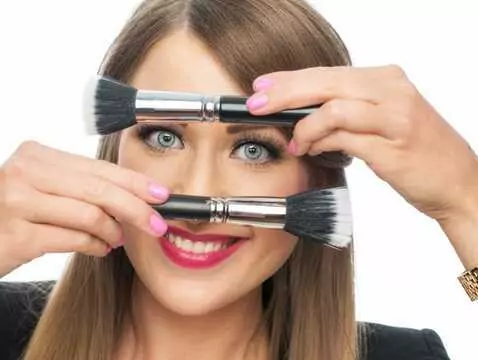The first documented attempt to use a patient's own tissue to correct an aesthetic defect was carried out as early as 1893, when Franz Neuber, a German doctor, performed a procedure to transplant a piece of fatty tissue taken from the patient's arm into his face - specifically into an area distorted by tuberculous osteitis.
After this minor and therefore unobtrusive procedure, it is necessary to wait about three months so that the regenerative stem cells and fibroblasts can multiply sufficiently. As soon as the required number is reached (i.e. around 90 million stem cells and fibroblasts), they are handed over by the laboratory to the doctor, who, in two treatments, two to three months apart, injects the cells with a syringe directly into the patient's skin - exactly where one wishes it to be rejuvenated.
The uniqueness of this method lies in the use of the patient's own cells to stimulate the skin's rejuvenation and revitalisation process, thus using the most biologically safe material and posing no risk of rejection or allergy. The effect of this revitalisation is very natural, optimally approximating renewal at a physiological level.
Observed effects
"The skin of the patients in whom I performed the procedure of collection, multiplication and transplantation of stem cells and fibroblasts a year ago is definitely smoother, thicker and gently stretched." - says Dr Andrzej Ignaciuk about his experiments - "I would like to point out, however, that I have so far conducted experiments mainly with fibroblast multiplication, in which a relatively small number of stem cells occurred (i.e. 7-8 million). At the moment I am preparing for an experiment with 90-100 million cells and then my reports will be more accurate. Dr Roland Ney from Switzerland, who I know personally, has already performed approx. 100 of these procedures and has shared his research results with me. And I have to admit that in some patients the changes were spectacular." (1)
(1) Dr Ignaciuk talks about his experiments with fibroblasts, in which there is a natural admixture of stem cells, the Dr Ney mentioned in his speech uses a method with an increased percentage of stem cells.
Conclusions of research to date on 'rejuvenating' cells
All procedures with transplantation of the patient's own cells are uncomplicated and completely comfortable for the patient.

photo ojoimages
An example procedure consists of the following steps:
- taking a small section of the patient's skin (i.e. 2-4 mm)
- sending the material to a cell culture laboratory
- in vitro multiplication of fibroblasts (skin cells responsible for its condition) and/or stem cells. In principle, connective tissue stem cells (MSCs, mesenchymal stem cells) are present in all samples in addition to fibroblasts. The use of appropriate cell culture procedures can significantly increase this percentage.(2)
- transfer of cells to the treating physician
- injection of cell solution into the patient's skin, after three months of multiplication, under local anaesthesia
- after about 2 months, a second injection of cells into the skin is performed.
(2) Stem cells have a higher potential than fibroblasts. However, their percentage depends on the culture methods - use of selective media, separation methods, etc. In Poland, experiments have so far been conducted mainly with fibroblast multiplication and transplantation. Currently, Dr Andrzej Ignaciuk and Dr Paweł Surowiak - are preparing for experiments analogous to those of Dr Ney cited above - with an increased percentage of stem cells.









